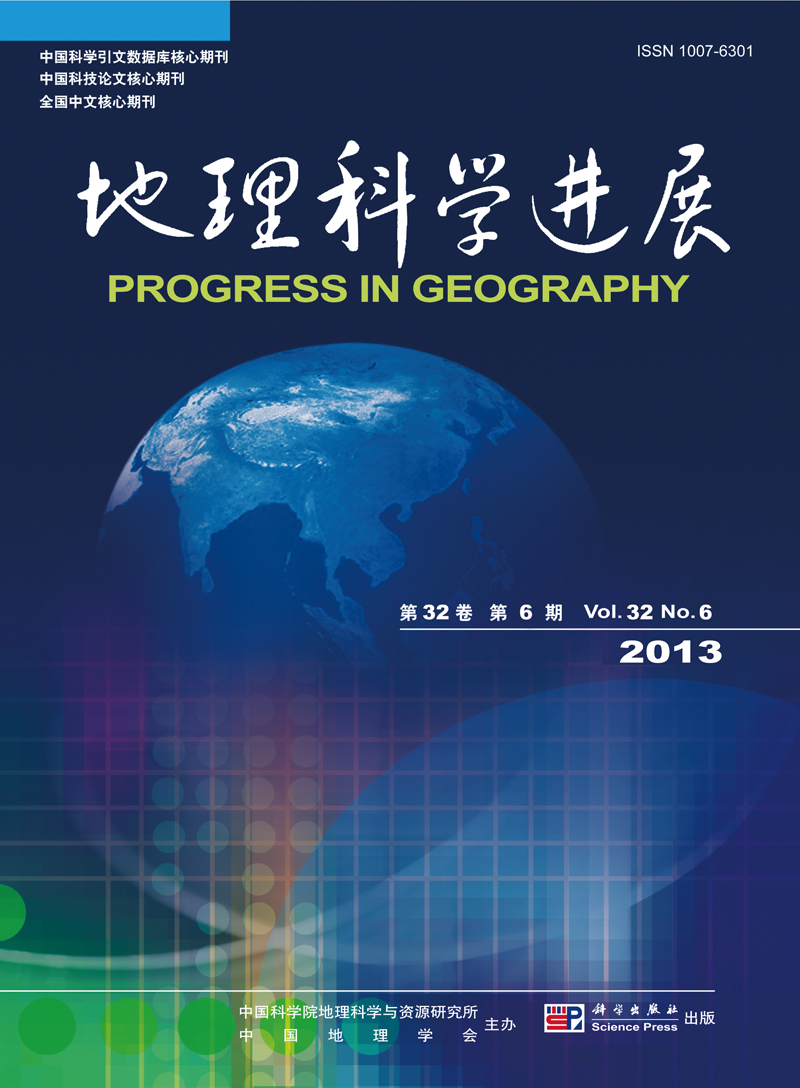Tourism and Leisure Geography
YIN Guowei
Based on graphic analysis and density calculation, this paper studies the characteristics of the spatial distribution of world heritage sites, mainly cultural and natural heritage, of Africa at continental, regional and state levels. As of 2012, a total of 126 sites in Africa are included in the World Heritage List. In 1978, world heritage sites from Africa were added to the World Heritage List for the first time, followed by a burst of number increase for a short period of time. After that, for many years it has been slow in terms of new heritage sites being added. Now it is the time to explore the characteristics of the spatial distribution of world heritage sites in Africa, and the study provides a reference for site selections in the interactions and exchanges with African states. The study has found that the world heritage sites are relatively concentrated on the continental coasts and islands, in mid-size river basins and eastern local areas, with higher densities in Eastern, Northern and Western, and the highest in Eastern Africa. Among the states, Senegal, Tunisia, Gambia, Cape Verde, Mauritius and the Seychelles have the highest densities, followed by C?te d'Ivoire, Morocco, Togo, Kenya, Uganda, Malawi, Zimbabwe and other states. Except for Malawi, Zimbabwe and Mauritius, the states with higher density of cultural heritage sites, including Egypt, Morocco, Tunisia, Senegal, Benin, Ghana, Togo, the Gambia, Cape Verde, Ethiopia, Kenya and other states are in Eastern, Western and Northern Africa. The corridor of Cameroon-Central Africa- Democratic Republic of Congo is the region rich natural heritage. At the regional level, except for Northern Africa, there are higher densities of natural heritage sites in other regions, with the highest density in Eastern Africa. At the state level, except for Tunisia, the states with higher densities of natural heritage sites, including Niger, Guinea, C?te d'Ivoire, Senegal, Cameroon, the Central African Republic, Democratic Republic of the Congo, Tanzania, Kenya, Seychelles, Uganda, Madagascar, South Africa, Zimbabwe and Malawi are in those regions. In addition, the distribution and density of world heritage sites at the regional level and the state level are showing good overlap.
